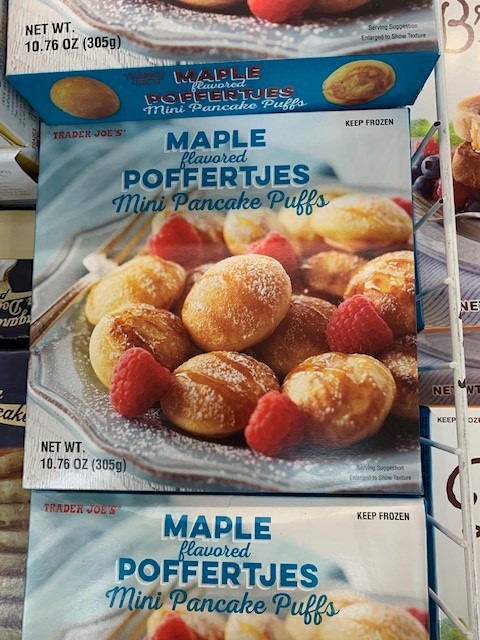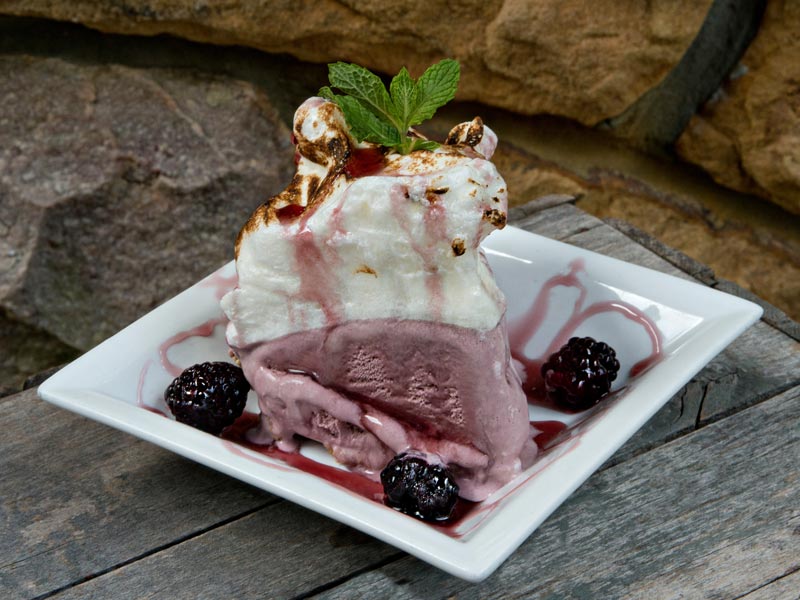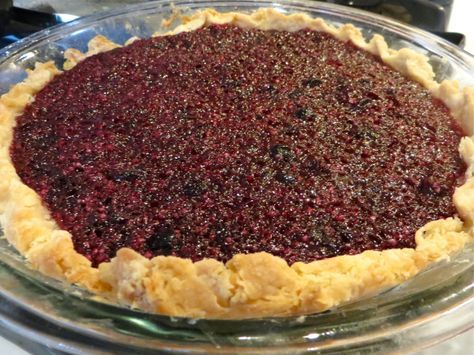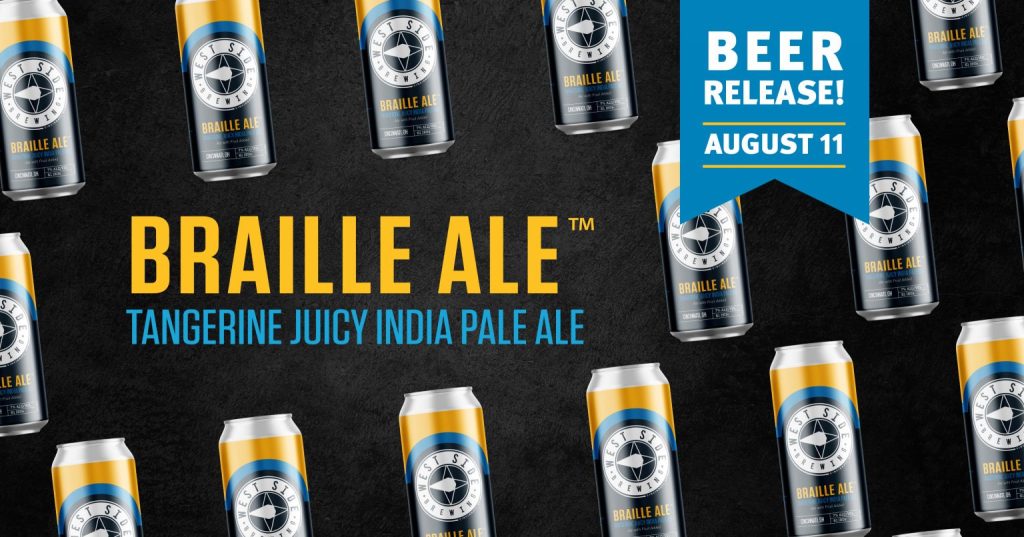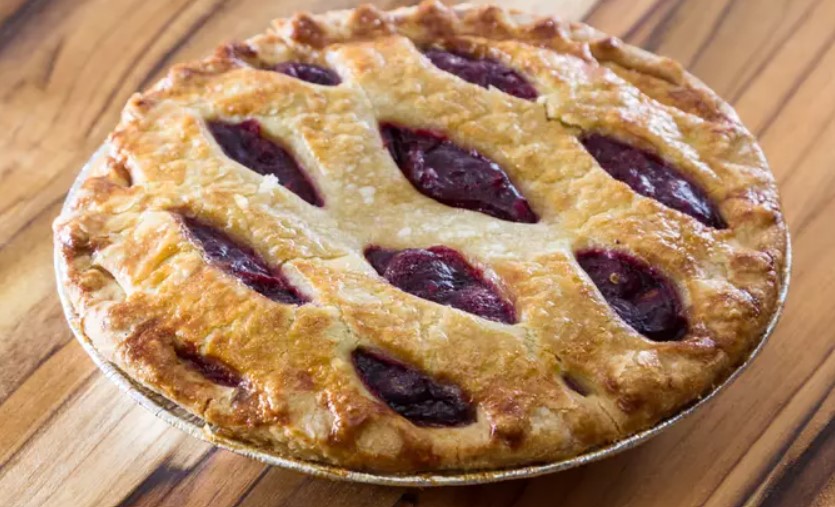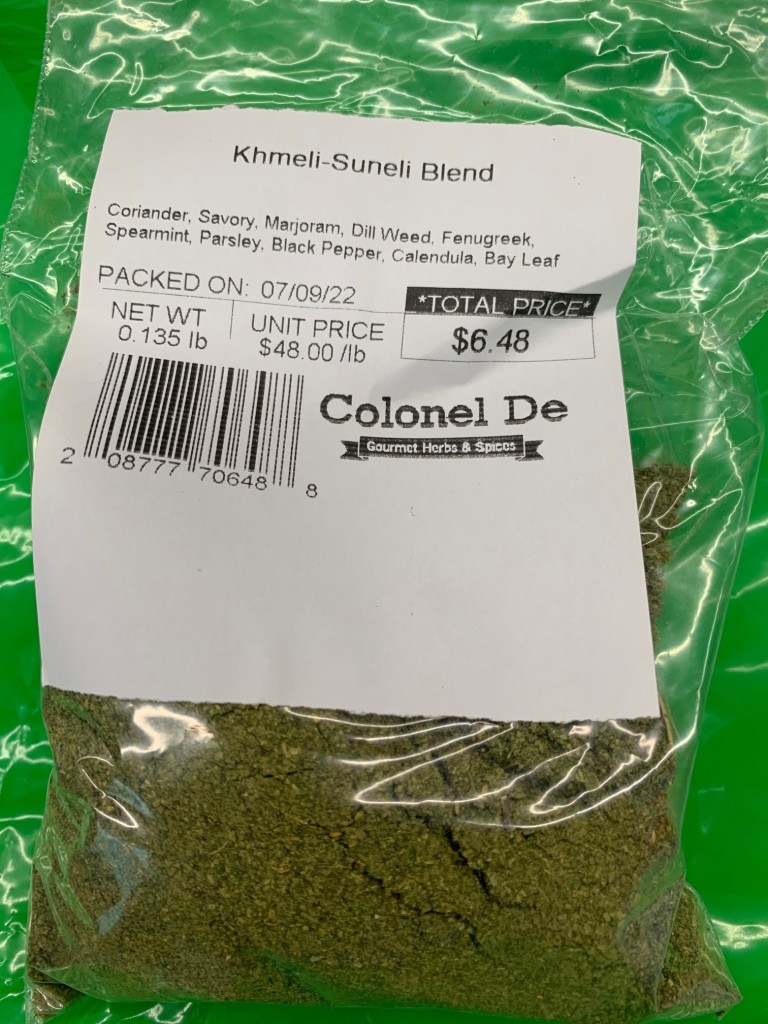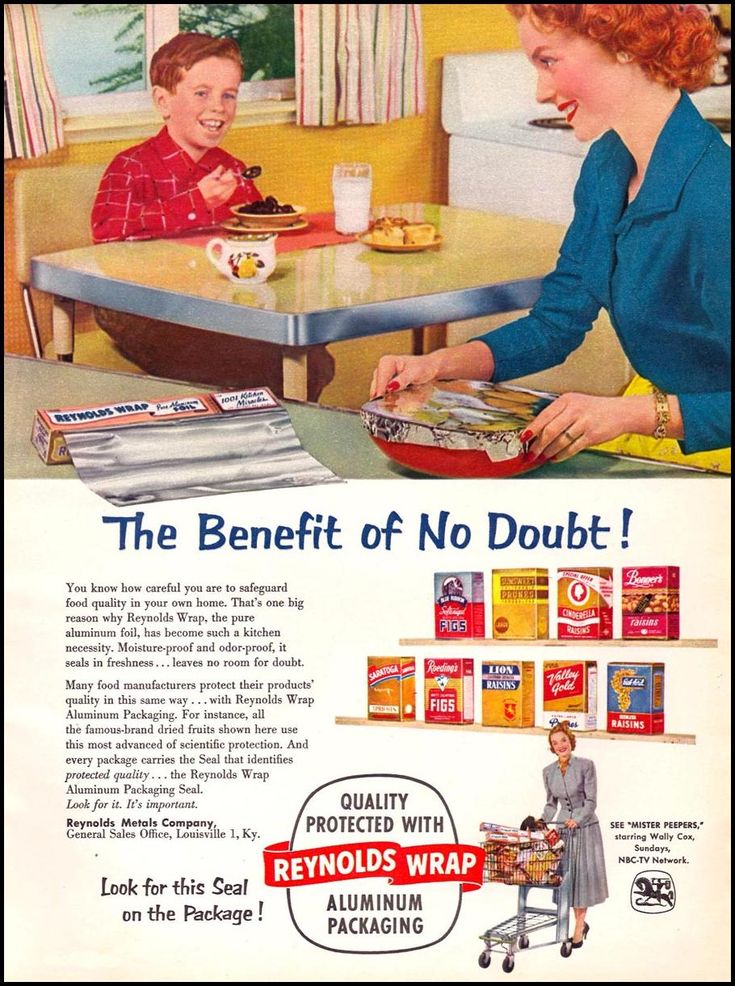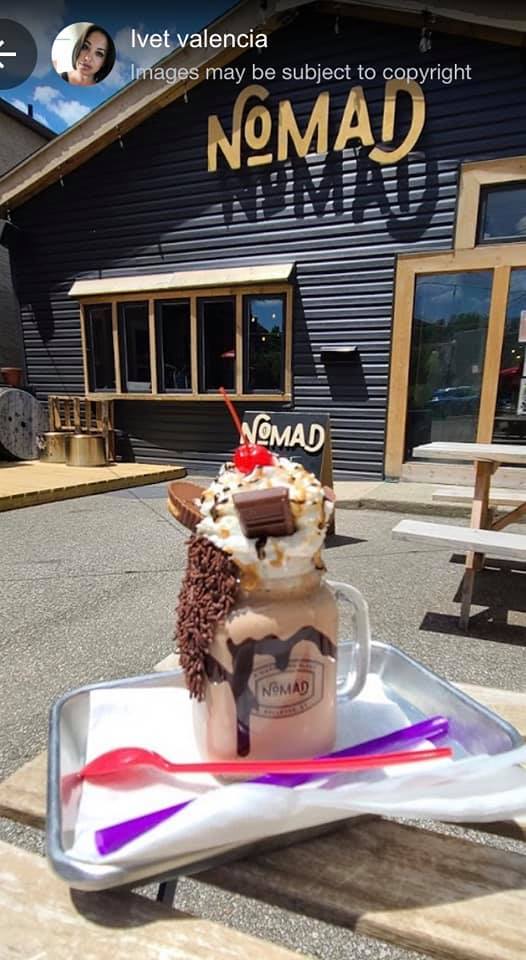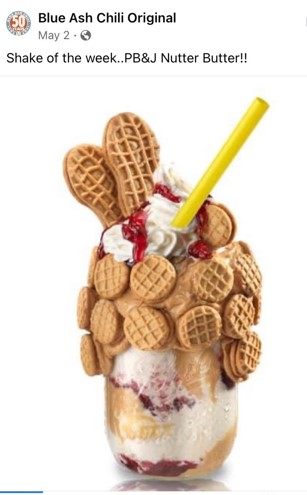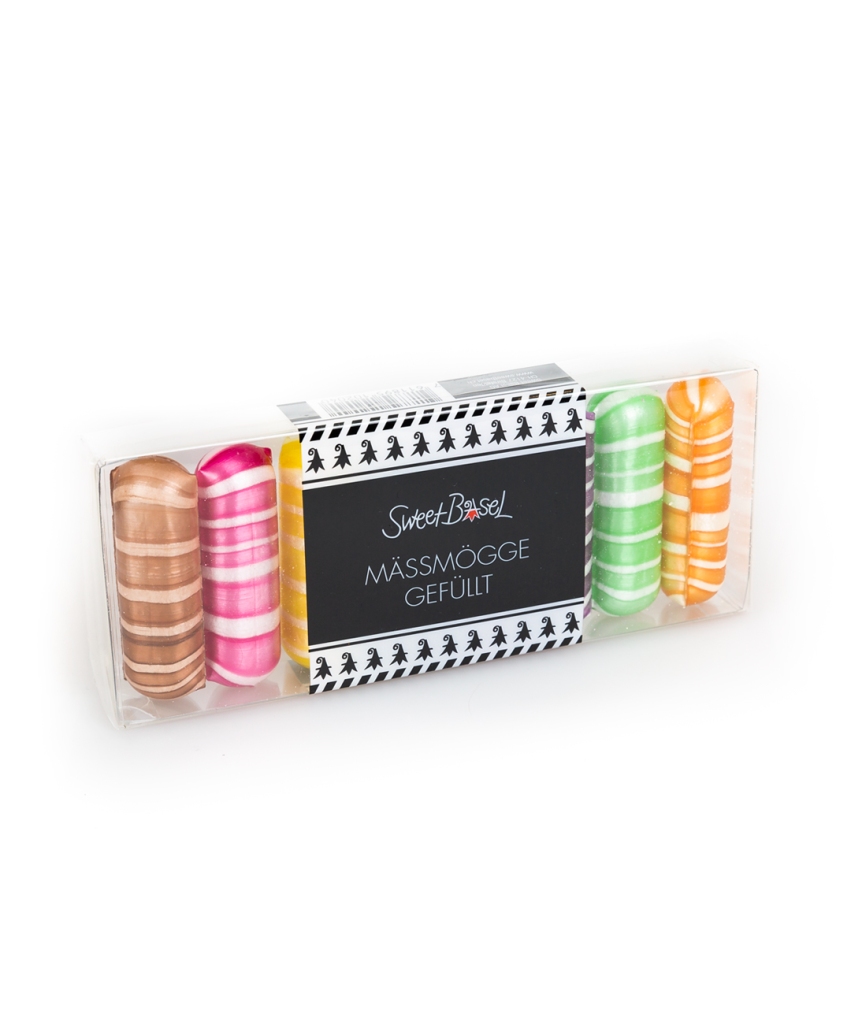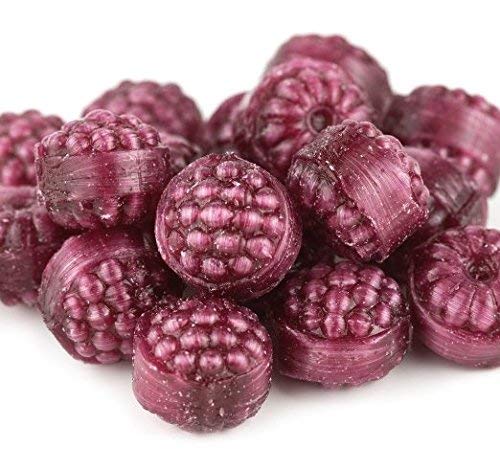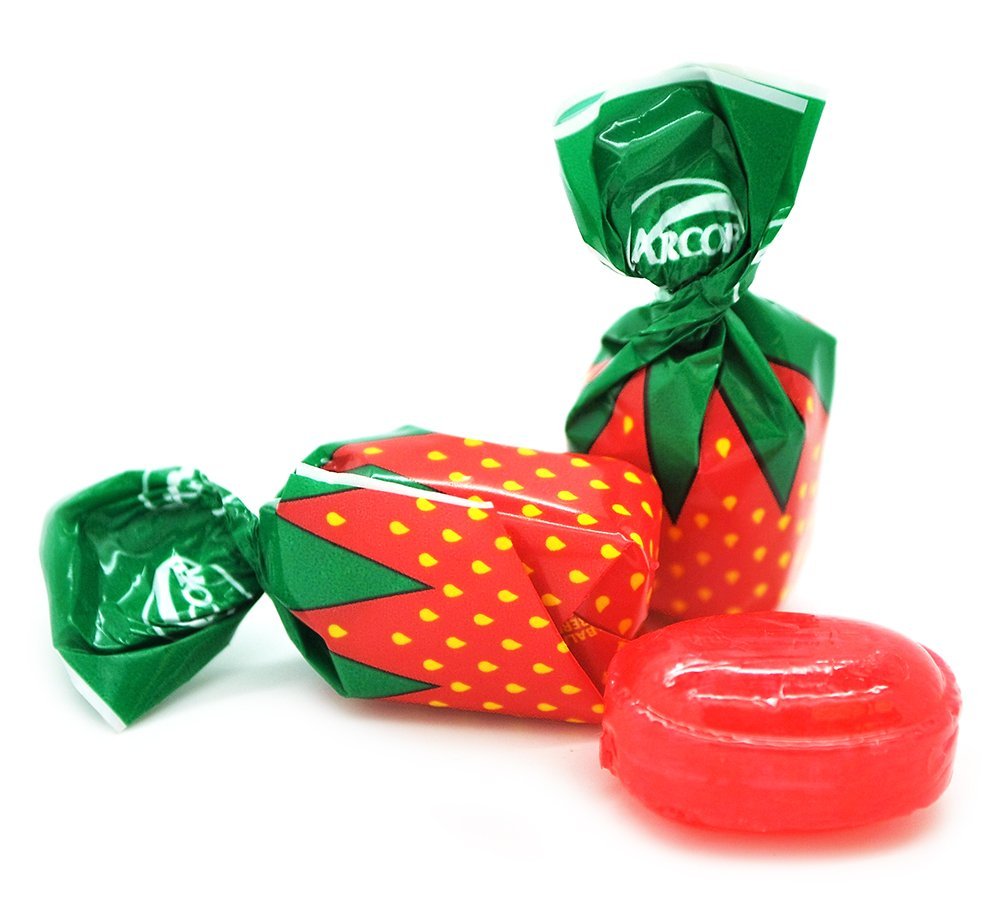
When we think of Detroit food the Coney Dog comes to mind. It has the same lineage as our Cincinnati Chili Cheese Coneys. The chili is a bit different – thicker – but from the same Greek immigrant wave that brought us the Kiradjieffs and Empress Chili 100 years ago.
But there’s another sandwich in Detroit that doesn’t get as much PR as the Detroit Coney, and it’s a remnant of the African-American Community northwest of downtown.
It’s called the Boogaloo sandwich, and has been described as an amped up Sloppy Joe, Manwich, or Loose meat sandwich. It was created sometime in the late 1960s by Jean Johnson, who with her husband, Barney, owned Brothers Open Pit Bar-B-Que at two locations – Fullerton at Roselawn, and Curtis at Wyoming. You could almost call it a food of the Civil Rights Movement. Later, the Curtis location was moved to a larger restaurant around the corner.
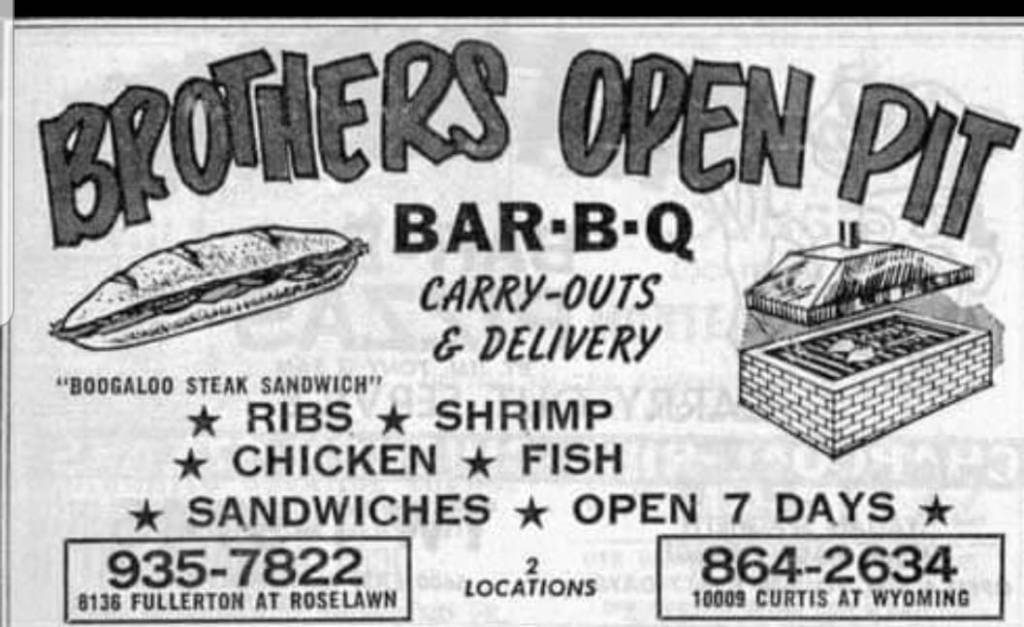
The story is that an unnamed student of local Mumford High School said that the sandwich was so good it made you want to dance the Boogaloo.
Wyoming and Curtis had once been one of the main shopping and restaurant areas of Detroit’s Jewish community. It was just northwest of the Catholic Polish and Eastern European neighborhood of Hamtramck. The Eastern Ashkenazi Jews who came in the same wave of immigration settled outside the Catholic neighborhood. When Brother’s first opened , there were still a few Jewish businesses on those blocks, and folks could still grab some tref-y ribs from the non-kosher Brothers BBQ to go with an armload of fresh rye bread, corned beef and kosher salami.
The Boogaloo sandwich was made with flattop grilled ground pork with Jean’s famous “sauce of the islands”, mustard, diced onions, green peppers, and melted American cheese served on a grilled French roll. Jean’s is a tangy, herby, slightly sweet tomato-based sauce with a little kick and perhaps a Jamaican element. The internet has offered several versions of the Sauce of the Islands, but no one knows the exact recipe. The Johnsons had a son named Clifton, who also worked at the restaurant after school, and folks have tried to track him down to get insight into the secret Sauce of the Islands.
The sandwich, with its sauce, became such a neighborhood favorite that other local restaurants offered their own versions. Akbar’s on Livernois used to serve a similar sandwich that was just as good many say.
There’s a first hand review in the New York Times of BBQ restaurants from Sunday, July 3, 1988 that mentions the Brothers Boogaloo sandwich:
Brothers Bar-B-Que, Detroit, Mich. 581 East Jefferson Avenue; 313-963-7298 COMMENTS AND HOURS: Just across the street from the gleaming Renaissance Center, Brothers has an atmosphere that is strictly Down Home. Pork ribs are the specialty, slathered in Jean Johnson’s sweet, spicy Sauce of the Islands. Another favorite is the Boogaloo sandwich – French bread filled with ground pork, cheese, onions, green peppers and sauce. Open 11:30 A.M. to 9:30 P.M. Monday to Thursday, 11:30 A.M. to 11 P.M. Friday and Saturday; closed Sunday. Second location [[not sampled): 18091 Wyoming Street.

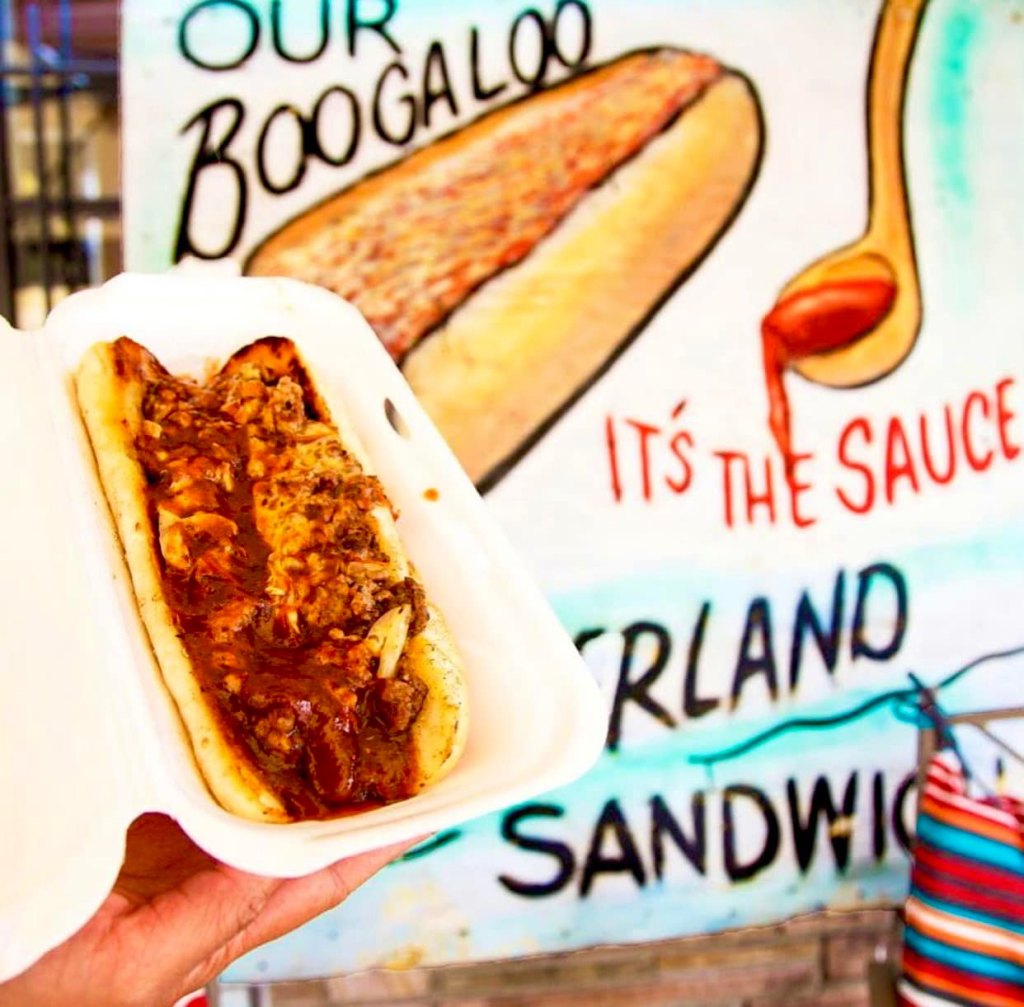
When Brothers closed in the mid 1990s, the Boogaloo sandwich closed with it. That was until 2007 Chef Greg Beard opened his restaurant Soul “N” the Wall in the former Brothers Bar-B-Que spot on Curtis and Wyoming.
Originally Chef Greg did not offer the sandwich, but was urged by former Brothers customers to bring it back to the neighborhood. He researched the sandwich and the sauce and came up with an iteration that cult lovers of the original – now in their 60s – said was pretty darn close. He won’t reveal the sauce recipe but he says molasses and garlic are key ingredients.
Chef Greg’s Boogaloo is known as the Boogaloo Wonderland Sandwich. Beard added the latter part as an homage to his good friend Allee Willis, who also went to Mumford High School in the neighborhood and co-wrote Earth, Wind, And Fire’s hit “Boogie Wonderland.” Perhaps Willis’ best known cut is the Friends theme song, “I’ll Be There For You.”
Greg’s version of this iconic sandwich is made with pork, like the Brother’s original, but he also makes it in steak, veggie, and chicken to accommodate different tastes. He’s even willing to add habanero or jalapeno peppers to offer a spicier version.
As for the sauce Chef Greg sees it as a grocery shelf staple, used for dipping mozzarella sticks, as a pizza sauce, or even a base for chili. He has brought back a significant regional food that holds the history of his Northwest Detroit neighborhood.
